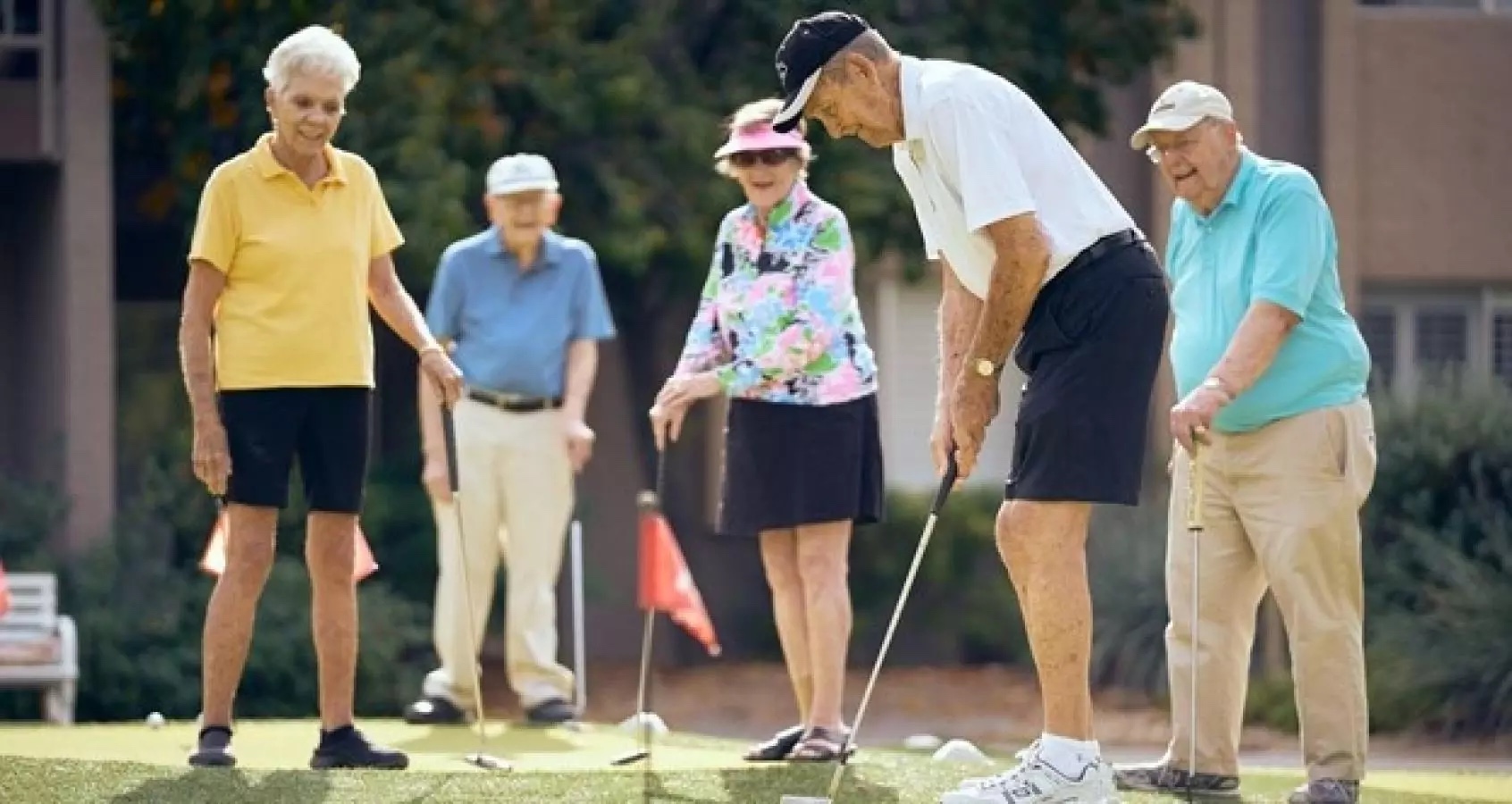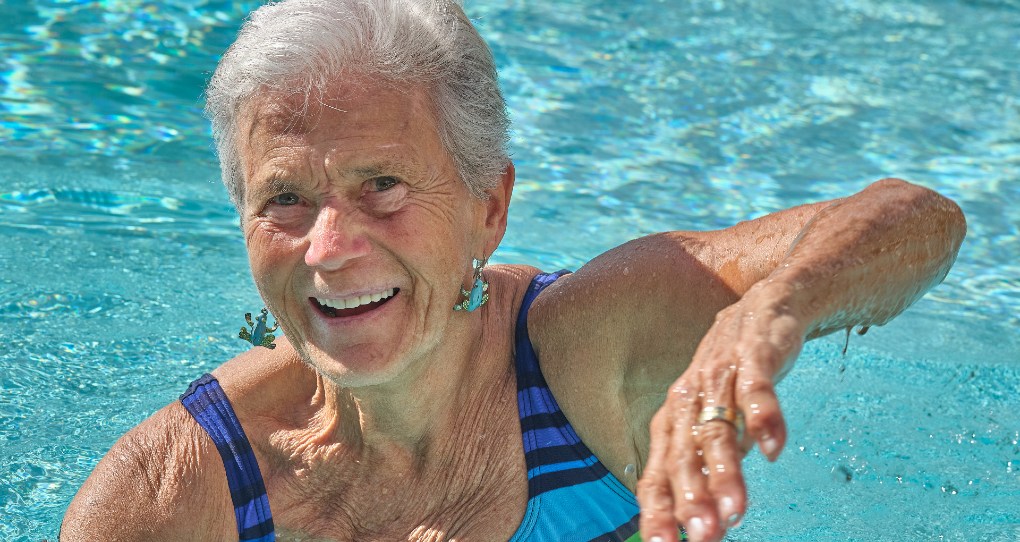Aquatic Therapy For Parkinson’s Disease: Let’s Dive In
April 15, 2022You face challenges every day when you live with Parkinson’s Disease (PD). Which means you’re already stronger than you realize. Because your life’s not defined by your mobility deficits; it’s made whole by the steps you take to manage them. Test the waters with aquatic therapy, and you can do more than just build strength and improve your balance — you can maintain long-term independence and improve your overall quality of life.
Now, before we wade deeper into all of the benefits of aquatic therapy for Parkinson’s Disease, let’s cover the definitions for those who aren’t familiar with PD or Aquatic Therapy.
What is Parkinson’s Disease?
Parkinson’s is a progressive disease of the nervous system that affects movement. In other words: It’s a brain disorder that manifests physically. Symptoms of Parkinson’s Disease can include shaking, stiffness, walking difficulties, and balance and coordination issues.
What is Aquatic Therapy?
Aquatic therapy is a specialized type of physical therapy. It usually takes place in a temperature-controlled pool while working one-on-one with a licensed practitioner. Aquatic therapy covers a wide range of water-based therapeutic techniques and exercises for relaxation, fitness, and rehabilitation.
Ok, let’s take a closer look at how water therapy can work as a treatment for Parkinson’s.
5 Amazing Ways Aquatic Therapy Helps Parkinson’s Patients:
- Reduce your risk (and fear) of falling.
Stumbles and falls are a genuine concern when you’re managing Parkinson’s symptoms. That’s why water-based activities are so beneficial. Because the fear of falling melts away when you’re in the pool. So you can complete a wide variety of low-impact exercises with very minimal risk. - Allow buoyancy to wash away pain.
Water’s natural buoyancy decreases the effects of gravity, which means your body weight is reduced by 75-90%. That’s an incredible amount of relief for weak and sore muscles. Plus, you can move with greater ease in the pool. You can make bigger movements and conserve more energy. This is particularly helpful if you struggle with fatigue or want to alleviate pain. - Build strength with water’s natural resistance.
Forget about heavy dumbbells or clunky machines. Let the water’s turbulence be your training tool. The way the water moves, and the currents and flows it creates, provides proper resistance for every plane of motion. This kind of environment challenges your balance and coordination skills — prompting your core muscles to engage so you can build strength and improve posture. - Soak in the warmth to relax your muscles.
Warm water is a marvelous medium for muscle therapy. Soothing temperatures help minimize rigidity, stiffness, and pain so you can increase your flexibility and boost blood circulation. This kind of relaxation can ultimately help reduce swelling and tremors. - Engage your body and your brain.
While the symptoms of Parkinson’s are largely physical, the disease itself is based in the brain, so it’s important that you engage both body and mind. The simple act of stepping into a pool can spark joy and promote relaxation. Plus, water-based workouts trigger the release of endorphins (those delightful anti-stress hormones that produce a positive sense of wellbeing).
Find Your Partner in Parkinson’s Physical Therapy with Ageility When you live with PD, building a great support system is everything — from finding the right doctor to engaging family and friends on your journey. It also means finding a therapy partner you can trust, one with the expertise to support your unique neurological condition and physical symptoms. This is where Ageility’s Partner in Parkinson’s Program can really make an impact in your life. Several of our clinics are located in senior living communities with on-site pools, so you can dive in and experience the benefits of Aquatic Therapy for yourself. Find an Ageility clinic near you to learn more.












